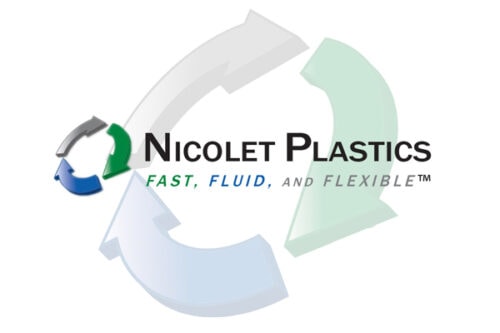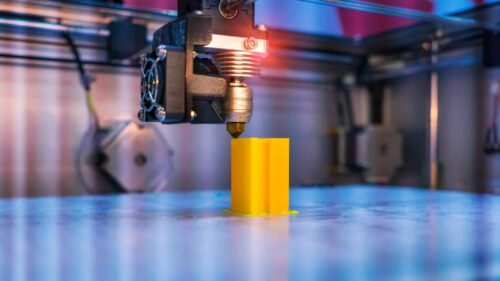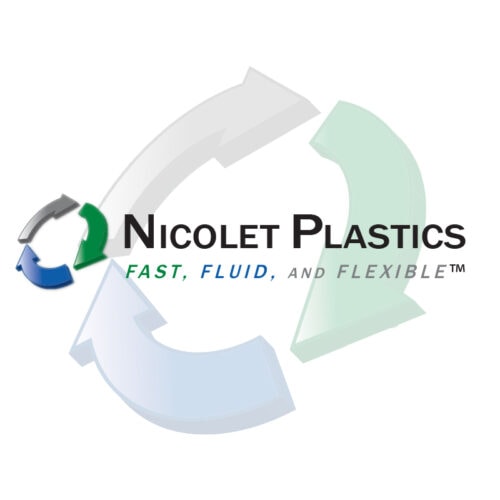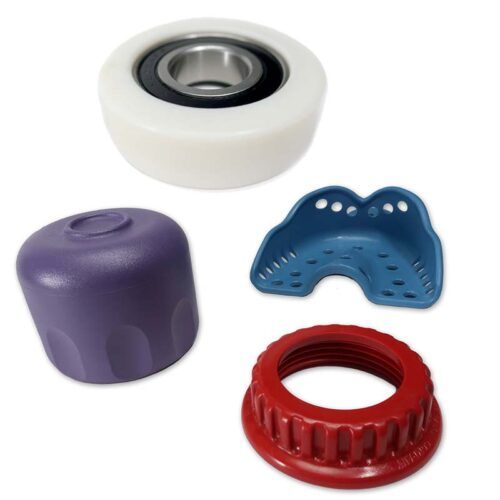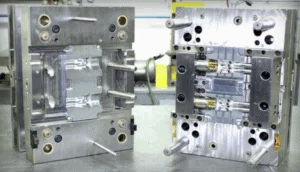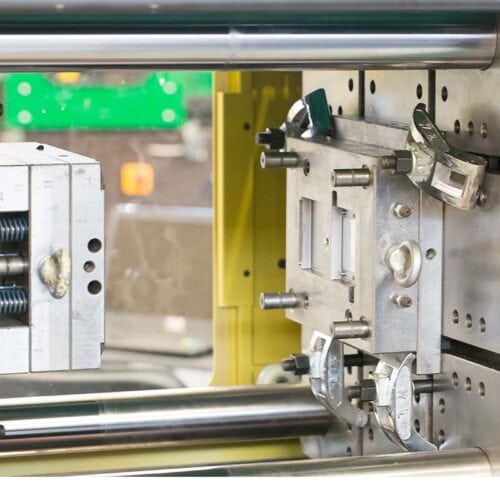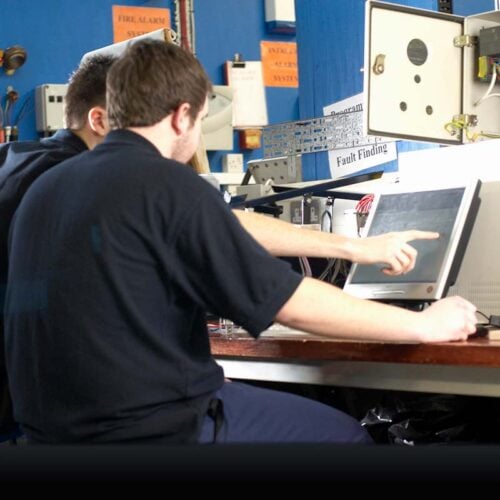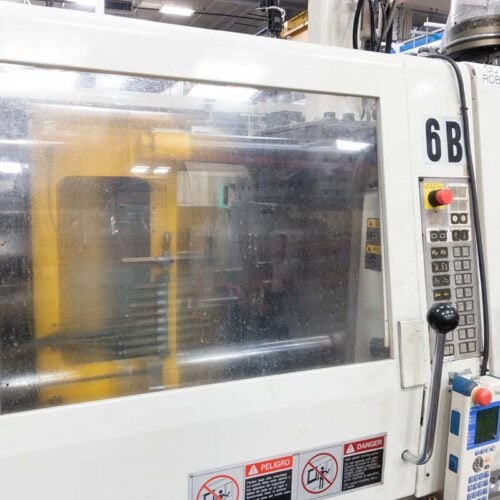When plastic part designers take a collaborative approach to involve mold makers early in the design process, many cost and time to market benefits are realized. Working with an injection molder who can provide expertise and recommendations throughout the design project to ensure your part is developed with the intended use, quality, budget and timeframe in mind will greatly increase the likelihood of a positive outcome.
The most successful parts are created when there is constant communication between a part designer, tool designer and manufacturer. With open consultation and communication, the team can avoid project delays and create efficiencies.
Designing a production-ready part goes beyond aesthetic and function. Here are three important considerations when optimizing a part for manufacturability:
1. Smart Design & Material Selection
The most important first step in part design and material selection is to consider the environment in which the part will be used. This is called design intent – or the intended use of the completed part. What will the wear and tear be for the part? What temperatures will it be exposed to? Consulting with an experienced molder will help you make informed decisions about the most innovative and widely used materials to ensure your part performs at the highest level. Additionally, specialized tool designers can help you take the following design elements (among many others) into consideration:
- Part Shape
- Mold Design
- Draft
- Uniform Wall Thickness
- Radii
2. Efficient Mold Design & Fabrication
A part designer and mold maker should work hand in hand to create a mold that will produce a successful part. Molding experts provide invaluable insight not only on how to produce the best part, but also how to get the mold made quickly and cost efficiently. Using design software, designers and engineers can create a mold blueprint and as part design and material selection are tested, can help with making critical adjustments.
- A mold needs to be designed around a part and specific factors taken into consideration such as: Where is the gate(s) located and what is the optimal size? How will the part be ejected? Most often, computer simulation techniques such as Mold Flow Analysis are used to provide a predictive analysis and measurement to determine the success or failure of a part. Additionally, the analysis shows how the material will orient with the mold as well as expose potential warp and stress points.
3. Benefit of Working with a Trusted Partner
Relying on an experienced molder to provide guidance and recommendations during the design and development process can save you significant time and cost for a project. Many service providers do not factor in the costs associated with material testing, radius adjustments, diameters and more. A lack of flexibility or inability to provide what is needed to produce a successful part is another roadblock that manufacturers run in to when trying to take a quick and lowest cost route.
Do your research and have a good understanding of your molder’s expertise and services provided. Working with a partner that will listen to your needs and has the expertise to make cost-saving recommendations throughout the project process, will not only save you money, but time as well

